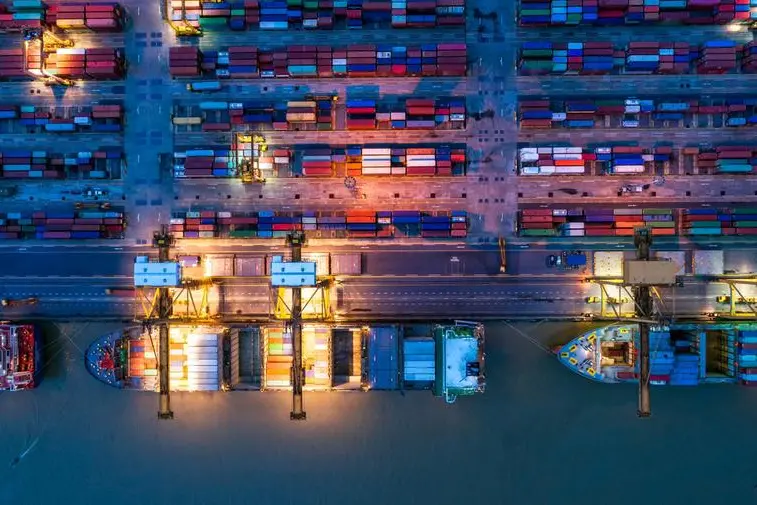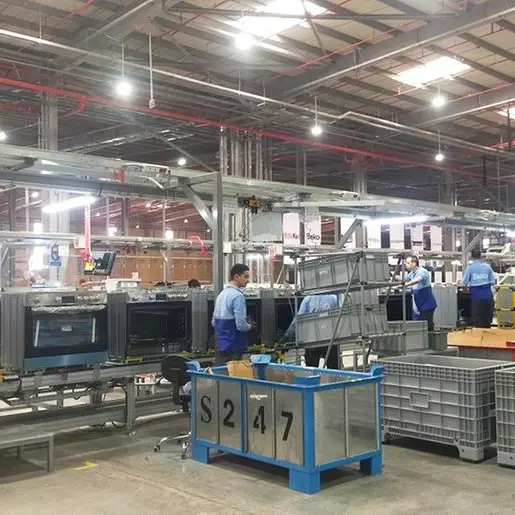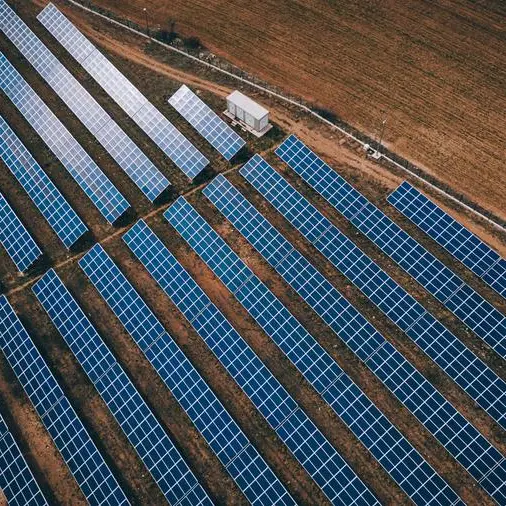PHOTO
As member states of International Maritime Organization (IMO) prepare for negotiations at the IMO MEPC 81 [Marine Environment Protection Committee 81] in March, the World Shipping Council (WSC) has proposed a 'Green Balance Mechanism' to close the price gap between fossil fuels and green fuels, with the added objective of minimizing overall costs.
The previous MEPC 80 session in July 2023 had adopted the 2023 IMO Strategy on Reduction of GHG Emissions from Ships, with enhanced targets to tackle harmful emissions including net-zero GHG emissions from international shipping close to 2050 and a commitment to ensure an uptake of alternative zero and near-zero GHG fuels by 2030.
A WSC statement issued last week noted that developing a global GHG pricing regulation would address the cost disparity between cleaner fuels and traditional fossil fuels without imposing an outsized cost on the global economy has emerged as a crucial challenge for the shipping industry.
"Container and vehicle carriers are building and already operating vessels that can run on the greenest fuels, but those fuels cost 3 to 4 times more, and the supply of green fuels is only a fraction of what is needed. Global climate regulations are necessary to make it possible for carriers to operate on green fuels, and to incentivise fuel and energy providers to invest in new production capacity,” the WSC statement noted.
WSC's Green Balance Mechanism outlines a new approach to greenhouse gas pricing close the price gap between fossil fuels and green fuels, at the lowest possible overall cost.
The key elements of the new approach are as follows:
Through the Green Balance Mechanism, fees are taken from fossil fuels and allocated to green fuels used, so that the average cost of fuel is equal.
- The greater the greenhouse gas emission reductions a fuel delivers – on a well-to-wake lifecycle basis – the greater the financial allocation received.
- The monies collected in any given year is determined by the amount of green fuels used, allowing for a relatively low fee at the start of the transition.
- The minimum fee necessary to offset the price differential in a given year is collected and allocated to ships using green fuels that meet a specific greenhouse gas threshold. This ensures that green fuels can be produced and used and does so with the least possible cost to transportation.
- The emission reductions required for a fuel to receive a price-balancing allocation are linked to IMO decarbonisation requirements, increasing in stringency toward the 2050 net-zero goal.
- The Green Balance Mechanism is adaptable and fully integrated with a greenhouse gas fuel-intensity standard. It can be used as a targeted greenhouse gas pricing mechanism, or a possible addition to an integrated measure.
- Other fees can be added to raise funds for climate mitigation initiatives and Research, Development and Demonstration projects, to provide a just and equitable transition.
The statement said the Green Balance Mechanism makes it economically rational and attractive for both ship owners and energy providers to invest in fuels and technologies that deliver deep greenhouse gas reductions from the day the regulation takes effect.
“Existing and soon-to-be delivered dual-fuel ships will be able to operate on the cleanest fuels, rather than having to wait years before economically viable fuels are available. This allows production of the cleanest fuels to grow more quickly, accelerating economies of scale that will push down the cost of green fuels, getting us to zero in the most economically efficient way possible,” the statement noted.
(Writing by Dennis Daniel; Editing by Anoop Menon)
(anoop.menon@lseg.com)
Subscribe to our Projects' PULSE newsletter that brings you trustworthy news, updates and insights on project activities, developments, and partnerships across sectors in the Middle East and Africa.























